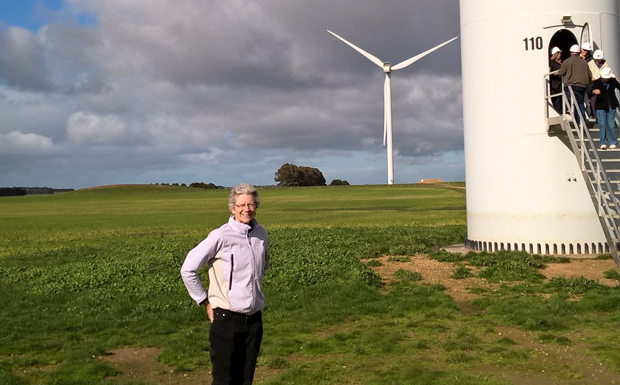
August 18, 2016
South Burnett councillor Ros Heit was impressed with what she saw on a recent AGL-funded tour of two wind farms in Victoria, but she fears anyone who is expecting a long-term economic boost for the region from the $1 billion Coopers Gap project will be sadly mistaken.
Cr Heit, Cr Terry Fleischfresser and SBRC Planning Manager Chris Du Plessis joined 34 other participants on the fact-finding tour, including eight of the 10 landowners who would be hosting turbines at AGL’s proposed Coopers Gap project and seven “concerned” residents.
The group, which was chauffeured around by AGL representatives, visited the Macarthur Wind Farm – built on flat grazing country – and the Oaklands Hill Wind Farm which in part stretches along a ridge line similar to the Coopers Gap proposal.
Cr Heit told southburnett.com.au the machines were making a low, swishing sound while cattle and sheep were grazing unconcernedly nearby.
The group was given the opportunity of inspecting the turbine towers up close as well as speaking to residents who lived nearby.
She said the farmers who were hosting towers were naturally happy with the extra income they were now earning.
However, she was struck by one couple … the husband was undisturbed by the nearby wind farm, but the wife was worried about “infra-sound” (low frequency sound below the range of human hearing) and claimed the towers had affected her sleep and health.
Cr Heit said it was impossible for anyone, except perhaps a doctor, to gauge how real the woman’s health complaints were. But it had given her pause for thought.
The Coopers Gap project would include 115 turbine towers built along a ridge line adjacent to Niagara Road in the Boyneside and Cooranga North areas.
The actual towers will be larger than those Cr Heit visited on the trip: 120 metres to the top of the tower, and 180 metres to the highest point of the blade tip.
(In comparison, the Kingaroy peanut silos are 42 metres high).
Cr Heit said she was worried the potential economic benefit to the South Burnett from Coopers Gap was being exaggerated, and that all electricity consumers would end up paying for the project in the long run through higher electricity prices.
During the 18 months of construction, up to 300 people would be employed at Coopers Gap but this figure would drop down to just 10-12 ongoing jobs after that point, mostly electricians.
“It will not be another Tarong Power Station or Meandu Mine,” she said.
She hoped Council would lobby AGL to maximise the benefits for the South Burnett, eg. by having the construction workers staying in Kingaroy or Kumbia, but realistically many would probably stay in Dalby or Bell.
Cr Heit said Dalby had more available construction infrastructure in place as a result of recent Surat Basin projects; and AGL had already signed an agreement with Advance Western Downs, an economic development group linked with the Western Downs Council and the Dalby Chamber of Commerce.
The tower components would be brought to the site by truck and then lifted into place by a large crane, however again none of this would likely benefit South Burnett businesses as the access would be via the Warrego Highway.
Cr Heit said one of the main benefits to the area would be the extra income earned by the “host” farmers.
Ten landowners in the South Burnett and Western Downs council areas have signed contracts to host turbines. They will be paid $8000 per year for every turbine they host, and some have multiple units proposed for their land.
Cr Heit said she could understand why landholders on neighbouring properties were upset as they were getting no compensation from AGL, would suffer during the construction phase, and possibly see the value of their properties decrease in the long-term due to the change in amenity of the area.
She said she hoped Council could press the case for these adjoining landholders so they could get at least some sort of annual compensation payment from AGL.
Harder to measure would be the possible lift in economic certainty provided by a “vote of confidence” in the future of the region.
Another unknown potential benefit for the South Burnett was tourism, however Cr Heit questioned how many extra visitors the towers would actually attract.
She said tourists already visiting the Bunya Mountains would probably take a detour to Coopers Gap but she doubted many people would come to the South Burnett specifically to see a wind farm in action.
AGL also proposed an ongoing “community grants” scheme, which would possibly distribute about $50,000 a year between the two Council areas.
And once a year, AGL proposed to hold an “open day”. As a trail linked each tower, this could be used as an opportunity to hold a bike race or a marathon run around the structures.
Cr Heit said a real downside to the project was the split that had already occurred in the community … there were neighbours now who would not speak to each other.
And while proponents pushed the “clean and green” angle, the reality was the project was being subsidised very heavily by the Federal Government.
“We will all be complaining when our electricity bills go up,” she said.
“Coal costs 2c per kWh; wind costs 9c per kWh. While we are paying for renewable energy, we will be selling our coal to China who will be burning it to make electricity. It doesn’t matter if we burn the coal here or in China, the carbon dioxide still ends up in the atmosphere.”
However, Cr Heit said any economic benefits that did come to the South Burnett from Coopers Gap would be most welcome.
Footnote: The decision on whether or not the Coopers Gap Project goes ahead will not be made by either the South Burnett or Western Downs councils. A new planning code makes it a State Government responsibility.
- Download AGL’s Initial Advice Statement (May 2016) about the Coopers Gap project (9.9Mb PDF)
Related articles:
- Wind Farm Takes Another Step
- Wind Farm Burden Lifted From Councils
- Wind Farm Meeting Draws A Crowd
- Wind Farm Committee To Meet
- Consultation Opens On Wind Farm Proposal
- Wind Farm Terms Being Drafted
- 2017 Start For Wind Farm Project
- Feedback Sought On Wind Farm Code
- Anti-Wind Farm Voices Speak Out
- Guidelines Being Drafted For Wind Farm
- Wind Farm Supporters Deny Community Split
- MP ‘Deceived By Anti-Wind Lobby’
- Wind Farms ‘A Fraud’: MP
- Local Residents Back Wind Farms
- Mayor Upset By Wind Farm ‘Misinformation’
- Pro-Wind Farm Group Meets In Dalby
- Frustration Over Wind Farm Limbo
- Xenophon Offers To Talk To Residents
- Council Wants 2km Buffer Zone Around Wind Farms
- MP Calls For 2km Zone Around Wind Farm
- Committee Formed To Discuss Wind Farm Proposal
- Mayor-Elect Wants Council To Take Lead Role

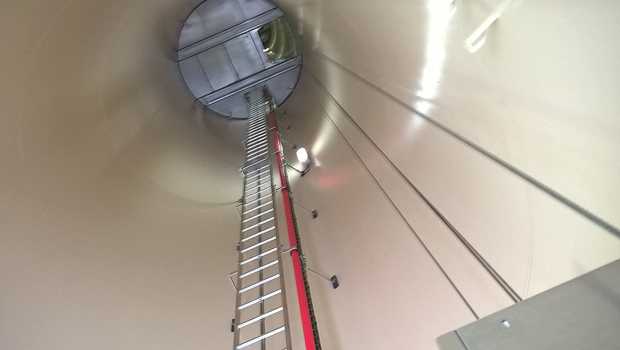

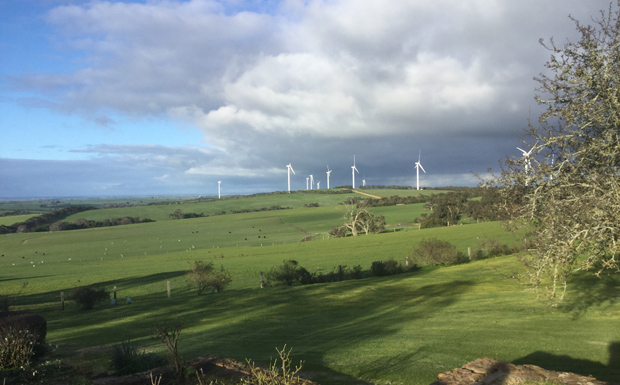
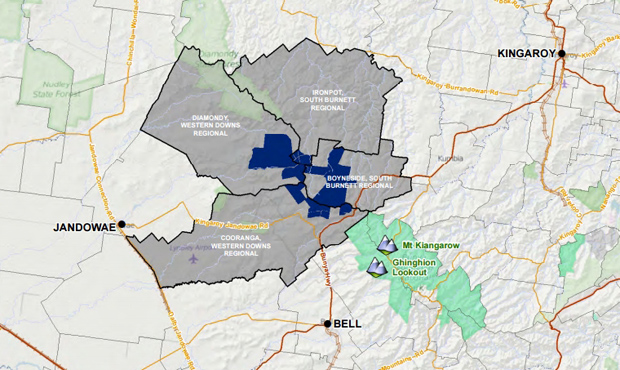

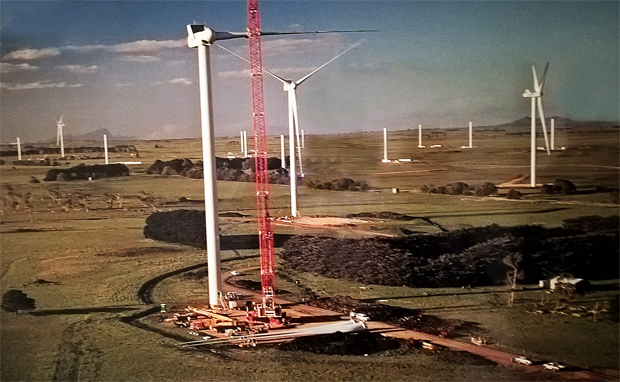
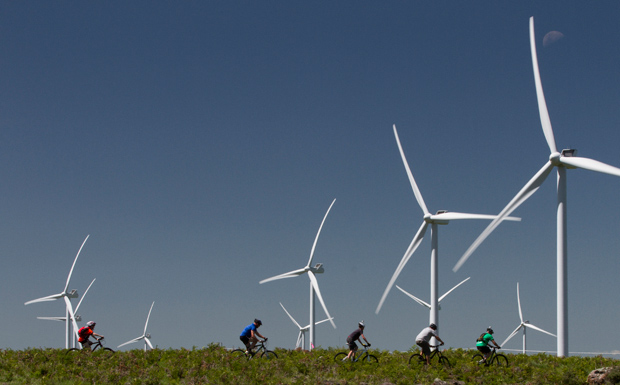
(Photo: AGL)






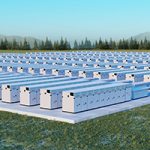



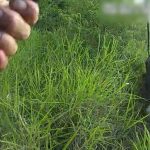


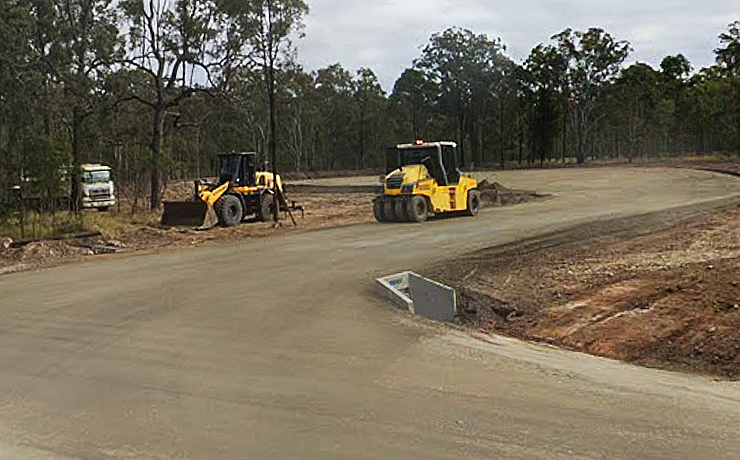

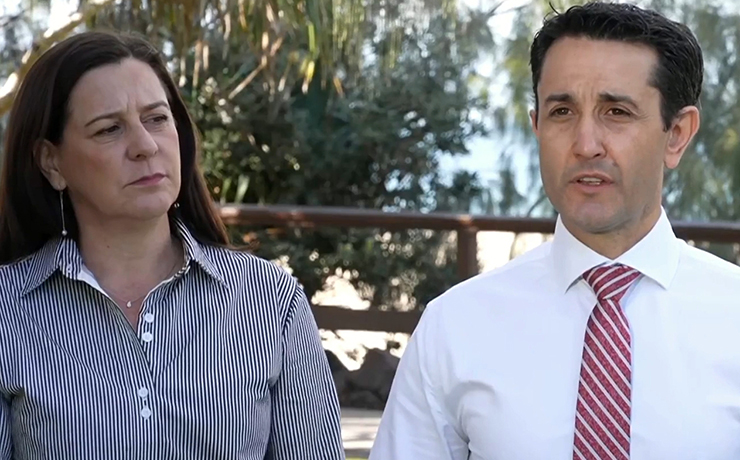
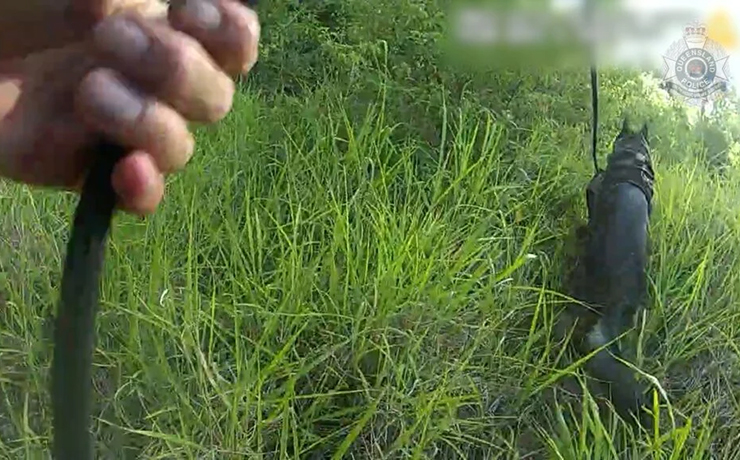






Excellent detailed, insightful report from Cr Ros Heit of the facts that the SB community need to know of what is going to occur on our doorstep and the long term effects.
Great insight. Of course it’s in a different area, but the Albany Wind Farm in WA is one of the most photographed and filmed spots in that area, and people do specifically visit the wind farm. It also provides something like 80 per cent of the electricity/energy requirements for the town of Albany. That’s carbon-free, renewable energy. The authorities have built walking tracks around the farm to enhance it as a tourist attraction. So that is pause for thought too. Not disagreeing with Cr Heit, just adding another perspective. As far as I know, locals there did not have any health concerns and Albany is a very environmentally-aware town and is known for organic produce and a clean lifestyle. When we visited they were very proud of the farm, and it was definitely on the visit-list.
Nothing in this for Kingaroy.
Apart from clean renewable energy!